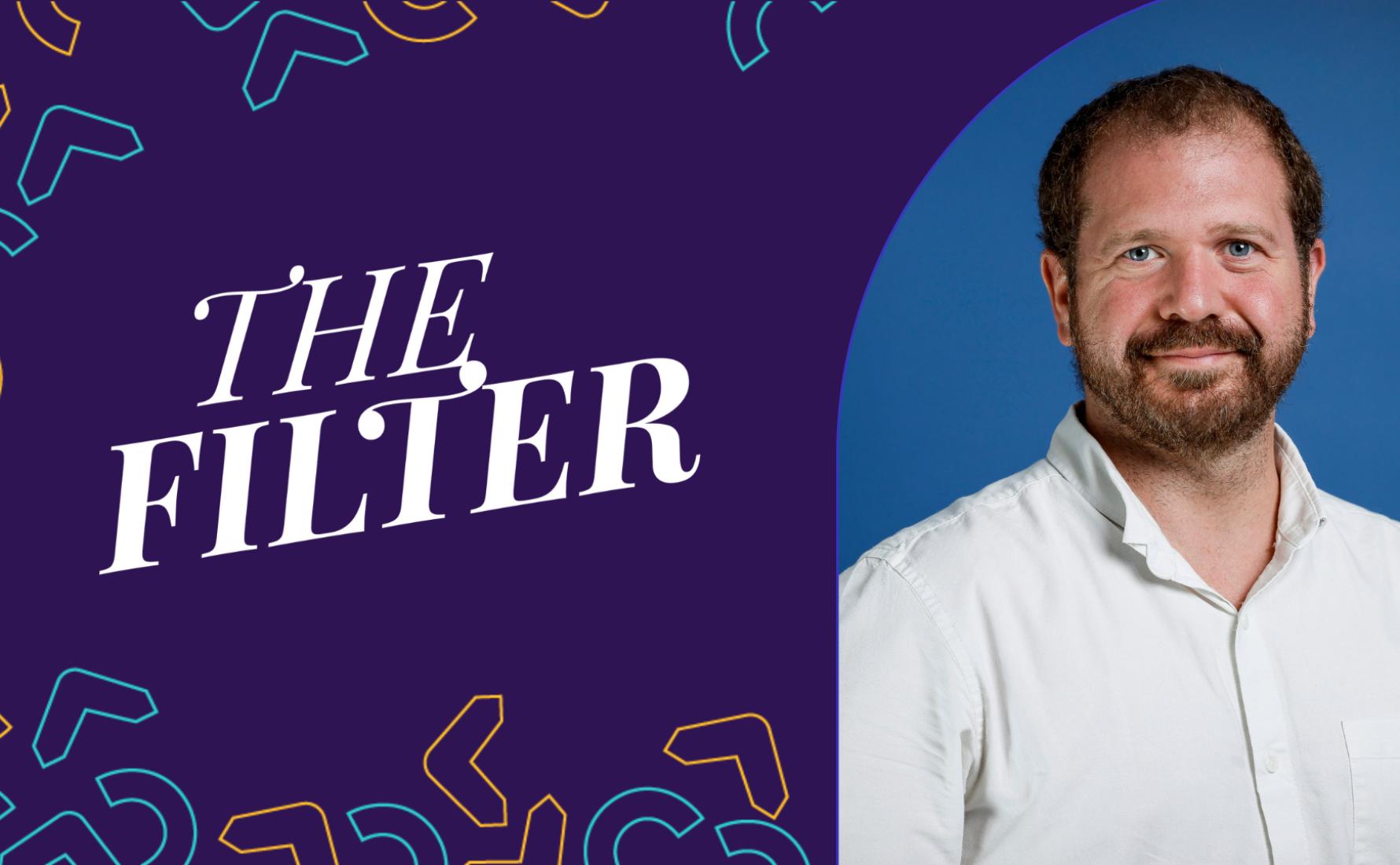CDP: A New Eldorado or Just Another Marketing Disillusion?

The concept of the “Customer Data Platform” (CDP) has gained popularity among companies over the past decade. Its promise is indeed compelling: to centralize customer data within a single platform, providing a unified source of actionable data. In a way, it’s the missing link between marketing, IT/Data, and sales. And yet, since 2021, Gartner has placed CDPs in the trough of disillusionment. How can this paradox be explained? Insights from David Guede, Senior Manager and Practice Leader at Converteo.
Key Takeaways:
- For the past 10 years, Customer Data Platforms (CDPs) have promised centralized customer/prospect data to facilitate activation and business management. However, before focusing on the technology, it is crucial to first identify the use cases and essential platform characteristics that arise from them.
- Based on identified needs and existing systems, the best architecture can then be selected and deployed—whether “integrated,” “hybrid,” “composable,” or “composable hybrid”—to fit the organization’s constraints and specifics.
- As first-party data becomes a critical asset for companies in the context of the end of third-party cookies, CDPs present a particularly relevant lever for activating this data. However, it is essential to keep the user at the center of the project to avoid falling into Gartner’s “trough of disillusionment.”
There are several ways to describe or define a “Customer Data Platform.” According to David Raab, the founder of the CDP Institute and the inventor of the term, it is “a packaged software that creates a persistent, unified customer database that is accessible to other systems.”
Another perspective is to present the CDP as “an interface that gives marketing teams the autonomy they need to leverage and activate customer/prospect data based on a 360° view of all interactions, whether digital or not, and all customer data.” This definition has the advantage of placing the primary user of the solution at the center of the discussion.
The missing link
The CDP positions itself as the missing link between marketing, IT/Data, and sales functions. No more complex and endless back-and-forths to create segments… No more campaigns generating leads without knowing if they actually become customers… No more campaigns based on partial criteria due to lack of knowledge about all touchpoints… No more duplicates with profiles recorded under multiple email addresses… Finally, a single source of data to activate, which also serves as a tool for business management!
But to be effective, a CDP must incorporate several essential features that, once again, place users at the center of the project:
- Ingest customer/prospect data from any digitalized source,
- Capture all details of the ingested data,
- Make stored customer/prospect data available,
- Reconcile customer and prospect identities to create unified profiles,
- Provide unified profiles of identified individuals,
- Share data with any other system or end-users that need it,
- Respond to new data and profile requests,
- Manage customer data in compliance with local privacy and security regulations,
- Enable marketing teams to address their business use cases independently, without relying on IT teams, or only partially.
Four possible architectures
Once the use cases and corresponding prerequisites are well-defined, four implementation modes are possible:
- Integrated CDP (the simplest and most traditional case): Data is directly collected by the CDP and then copied to the vendor’s servers for processing.
- Hybrid Integrated CDP: Data remains in the data warehouse, and the CDP directly consumes this resource without copying it to its own servers.
- Composable CDP: All CDP functionalities can be separated and used independently. This approach is often seen when clients wish to continue using their existing campaign management tools or do not require the user interface, as the data is directly available in other information systems (like a marketing automation tool, for example).
- Hybrid Composable CDP: Data remains stored in the data warehouse without being copied to the vendor’s servers. This is a composable architecture, meaning functionalities can be selected as needed.

Think in terms of business needs to avoid disappointments
Each of the four scenarios has its own set of advantages and disadvantages. Notably:
- Integrated CDPs are simpler to deploy in environments with low data maturity. They often come with ready-to-use connectors for numerous sources. While their costs are higher, they are more predictable. Since these solutions are offered as SaaS, evolutionary maintenance is relatively straightforward.
- Composable CDPs are generally less expensive and allow for high levels of functionality, as it’s possible to choose a “best of breed” for each component. However, they require a mature data foundation and involve higher integration efforts. Maintenance and scalability are also more complex due to the multiplicity of components, often from different vendors. Additionally, careful attention must be paid to the costs generated by processing on cloud data platforms.
- Hybrid CDPs offer the best of both worlds: a single vendor, connector offerings, simplified maintenance through SaaS, and lower costs compared to integrated CDPs. However, like composable CDPs, hybrid CDPs require a well-developed underlying data foundation. Special attention must also be given to managing cloud processing costs.
In practice, the hybrid model is gaining significant traction. It serves as a way to bypass resistance from IT departments by connecting directly to the data warehouse, thereby strengthening the role of the data warehouse and preserving existing investments. However, as with most data-related topics, the key focus should not be on the technology used, nor the amount of data fed into it, but rather on the business use cases. These use cases must be at the heart of any CDP project. Failing to prioritize them risks turning the tool into a costly and underutilized database.

